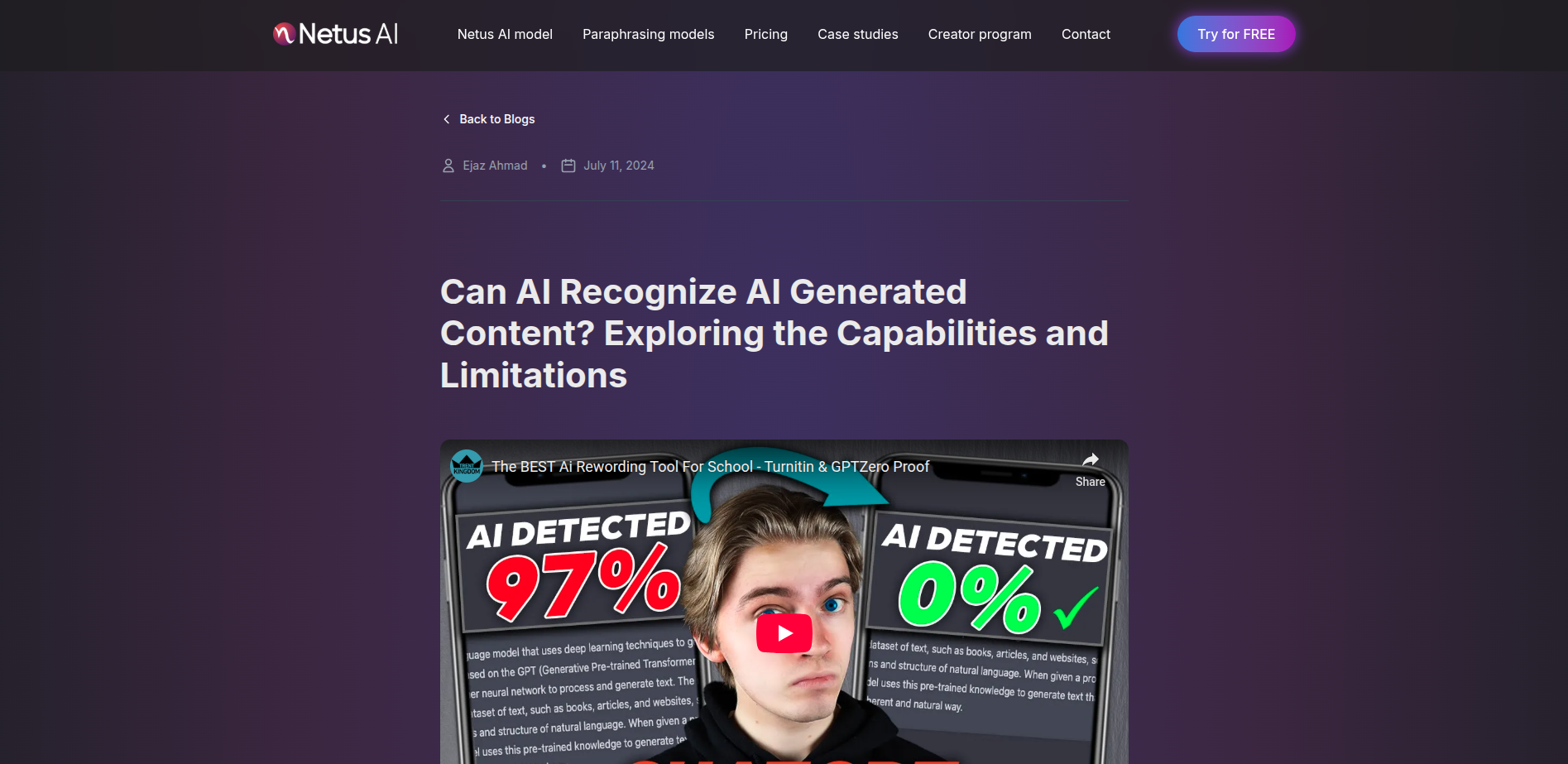Can AI Recognize AI Generated Content? Exploring the Capabilities and Limitations
Ashley Merit
Content writer and editor for Netus.AI
Table of Contents
Can AI Recognize AI Generated Content? Artificial intelligence (AI) has come a long way in recent years, and its ability to generate human-like content is becoming increasingly sophisticated. However, this raises the question of whether AI can recognize content that has been generated by other AI systems. This is an important topic to explore, as it has implications for the accuracy and reliability of AI-generated content.
One potential application of AI recognizing AI-generated content is in the detection of deepfakes, which are manipulated videos that use AI to create realistic but fake footage. If AI systems can accurately detect deepfakes, it could help prevent the spread of misinformation and protect individuals and organizations from reputational harm. However, this is a challenging task, as deepfakes are designed to be difficult to detect and can fool even human viewers.
Another area where AI recognizing AI-generated content could be useful is in the development of more advanced AI systems. By analyzing and understanding the content generated by other AI systems, researchers may be able to identify patterns and improve their own algorithms. This could lead to more accurate and efficient AI systems, which could have a wide range of applications in fields such as healthcare, finance, and transportation.
Understanding AI-Generated Content
What Is AI-Generated Text?
AI-generated text refers to the content that is produced by artificial intelligence without human intervention. The technology behind this type of content creation is known as generative AI, which uses large language models to generate text that resembles human-written content.
One of the most popular AI tools for generating text is GPT-3, developed by OpenAI. With its advanced algorithms and vast data sets, GPT-3 can produce high-quality content that is often indistinguishable from human-written content.
The Role of Large Language Models
Large language models are the backbone of AI-generated content. These models are trained on massive amounts of data and use complex algorithms to generate text that is coherent and contextually relevant.
However, there are concerns about the potential misuse of large language models, such as the spread of misinformation and the creation of deepfakes. To address these concerns, researchers are exploring ways to make these models more transparent and accountable.
In conclusion, AI-generated content has the potential to revolutionize the way we create and consume content. However, it is important to understand the technology behind it and its potential implications. As AI tools continue to evolve, it is crucial to ensure that they are used ethically and responsibly.
Detection of AI-Generated Content
AI Detectors and Their Mechanisms
AI detectors are algorithms or machine learning models that are designed to identify and flag AI-generated content. These detectors work by analyzing the grammar, syntax, and other linguistic features of the text to spot any irregularities that are indicative of AI-generated content.
One of the most popular AI detection tools is GPTzero, an AI model that can distinguish between human-written and AI-generated text with a high degree of accuracy. GPTzero uses a detection algorithm that analyzes the patterns and structures of the text to identify any inconsistencies or anomalies.
Other AI detectors use similar mechanisms, such as analyzing the distribution of words, sentence length, and other linguistic features to spot AI-generated content. These detectors are constantly evolving and improving, as AI-generated content becomes more sophisticated and harder to detect.
Challenges in AI Content Detection
Despite the advances in AI detection technology, there are still several challenges that need to be addressed. One of the biggest challenges is the accuracy of the detection algorithms, as AI-generated content becomes more sophisticated and harder to distinguish from human-written text.
Another challenge is the sheer volume of AI-generated content that is being produced, which makes it difficult for AI detectors to keep up. Additionally, some AI generators are specifically designed to evade detection, making it even harder to spot AI-generated content.
To overcome these challenges, researchers are developing new and more sophisticated AI detectors that can keep pace with the evolving nature of AI-generated content. These detectors are using advanced machine learning algorithms and other techniques to improve their accuracy and effectiveness.
Overall, while detecting AI-generated content is still a challenging task, the development of AI detectors and other detection mechanisms is helping to ensure that the authenticity and integrity of online content can be maintained.
The Intersection of AI and Plagiarism
AI-Generated Text and Academic Integrity
The rise of AI-generated text has brought up concerns about academic integrity. With the ability to produce content that is virtually indistinguishable from human-written text, it can be difficult for educators to determine if a student has plagiarized or used AI-generated content. This raises questions about the responsibility of students to disclose the use of AI in their work and the role of educators in detecting and addressing AI-generated plagiarism.
Harvard and the University of Maryland have been at the forefront of researching the impact of AI on academic integrity. They have developed tools that can detect AI-generated text and are working on solutions to address the issue. However, as AI technology continues to evolve, it may become more difficult to detect AI-generated text, making it even more important for educators to stay informed and vigilant.
Plagiarism Checkers vs. AI Content
Plagiarism checkers have traditionally been used to detect plagiarism in academic papers. However, with the rise of AI-generated content, plagiarism checkers may not be effective in detecting AI-generated plagiarism. This is because AI-generated text can be modified to pass plagiarism checkers, making it difficult to distinguish from original content.
To address this issue, some plagiarism checkers are incorporating AI technology to improve their detection capabilities. However, there is still a long way to go before AI-powered plagiarism checkers can reliably detect AI-generated plagiarism.
In conclusion, the intersection of AI and plagiarism is a complex issue that requires ongoing research and development. As AI technology continues to evolve, it is important for educators to stay informed and adapt their approaches to ensure academic integrity.
Implications and Ethical Considerations
Authenticity and Trust in Media
The rise of AI-generated content has brought up concerns about the authenticity and trustworthiness of media. With the increasing sophistication of AI, it has become difficult to distinguish between content generated by humans and that generated by machines. This has led to the spread of fake news and misinformation, which can have serious consequences on individuals and society as a whole.
Social media platforms have become a breeding ground for fake news and misinformation. AI-generated content can easily be shared on these platforms, making it difficult for users to identify what is authentic and what is not. This has led to a loss of trust in media, which can have serious implications for democracy and the functioning of society.
To combat this, it is important to develop AI algorithms that can accurately detect AI-generated content. This will help to ensure that users are only exposed to authentic content and can trust the information they receive.
Educational and Marketing Impacts
AI-generated content has the potential to revolutionize the way we educate and market products. For example, AI-generated content can be used to create personalized educational materials that are tailored to the individual needs of students. This can help to improve learning outcomes and make education more accessible to a wider range of people.
Similarly, AI-generated content can be used to create personalized marketing materials that are tailored to the individual needs and preferences of consumers. This can help to improve the effectiveness of marketing campaigns and increase sales.
However, there are also concerns about the impact of AI-generated content on original content creators. With the increasing use of AI-generated content, there is a risk that original content creators will be overshadowed and their work will be devalued. This can have serious implications for the creative industries and the livelihoods of those who work in them.
To address these concerns, it is important to ensure that AI-generated content is used in a responsible and ethical manner. This includes ensuring that original content creators are properly credited and compensated for their work, and that AI-generated content is not used to spread fake news or misinformation.
In conclusion, while AI-generated content has the potential to revolutionize the way we educate and market products, it is important to consider the implications and ethical considerations associated with its use. By developing AI algorithms that can accurately detect AI-generated content and using AI-generated content in a responsible and ethical manner, we can ensure that the benefits of this technology are realized while minimizing its negative impacts.
Advancements in AI Detection Methods
Emerging Technologies in Detection
As AI-generated content becomes more prevalent, so do the methods for detecting it. One emerging technology in detection is natural language processing (NLP), which allows AI to analyze and understand human language. NLP can be used to detect AI-generated content by analyzing the word choices and coherence of the text.
Another technology is the use of watermarks, which can be embedded into AI-generated images and videos to identify their source. This can help in detecting deepfakes, which are AI-generated videos that manipulate or replace existing content. Reverse image search is another method that can be used to detect deepfakes by comparing the image to existing ones on the internet.
Hugging Face, a company that specializes in NLP, has developed a tool called the Giant Language Model Test Room (GLTR), which can detect AI-generated text by analyzing its predictability and probability. This tool can be used to identify content that was created by AI language models.
The Future of AI and Human Collaboration
As AI detection methods continue to advance, there is a growing need for collaboration between humans and AI. While AI can detect AI-generated content, it still requires human oversight to ensure accuracy and transparency.
The arms race between AI language models and detection methods is likely to continue, with each side trying to outsmart the other. However, this competition can also lead to advancements in both fields, ultimately benefiting society as a whole.
In conclusion, advancements in AI detection methods are crucial in identifying AI-generated content and ensuring transparency in the digital world. As AI continues to evolve, so must the methods for detecting it. Collaboration between humans and AI is key in achieving this goal.

The shortcomings of content generated by AI | NetusAI
Discover why fast, high-volume AI content often fails to deliver real results. Learn about the crucial missing feedback loop and how implementing performance tracking can transform your AI content strategy.
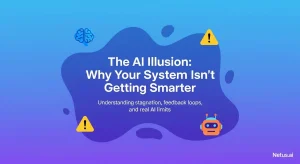
The illusion of AI: Your system's intelligence gap | NetusAI
Stop wasting marketing spend! Most AI tools don’t learn from results, causing content stagnation and low engagement. Discover why your generative AI isn’t getting smarter and what system actually learns and optimizes content.
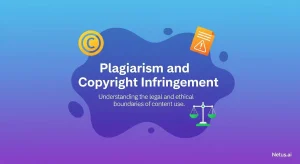
Plagiarism and copyright infringement | NetusAI
Learn the distinct differences between plagiarism and copyright infringement. Understand the ethical and legal implications and get practical strategies for avoiding both academic and creative work with NetusAI.
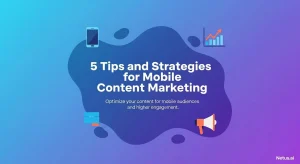
Tips and strategies for mobile content marketing | NetusAI
Optimized for mobile-first indexing, learn 5 essential strategies to capture attention, enhance engagement and drive leads and sales with your mobile content marketing.
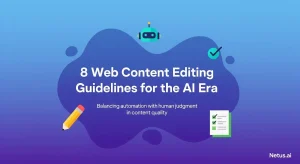
Web content editing guidelines for the AI era | NetusAI
Review web content editing guidelines for the AI era. Learn how to edit AI-generated content, ensure authenticity and optimize for SEO and readability.
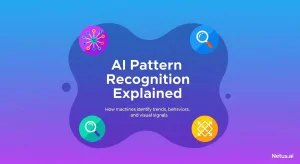
Explaining AI pattern recognition | NetusAI
AI pattern recognition enables machines to identify trends for diverse applications, from detecting plagiarism to fraud. Discover its processes, models and real-world benefits.

